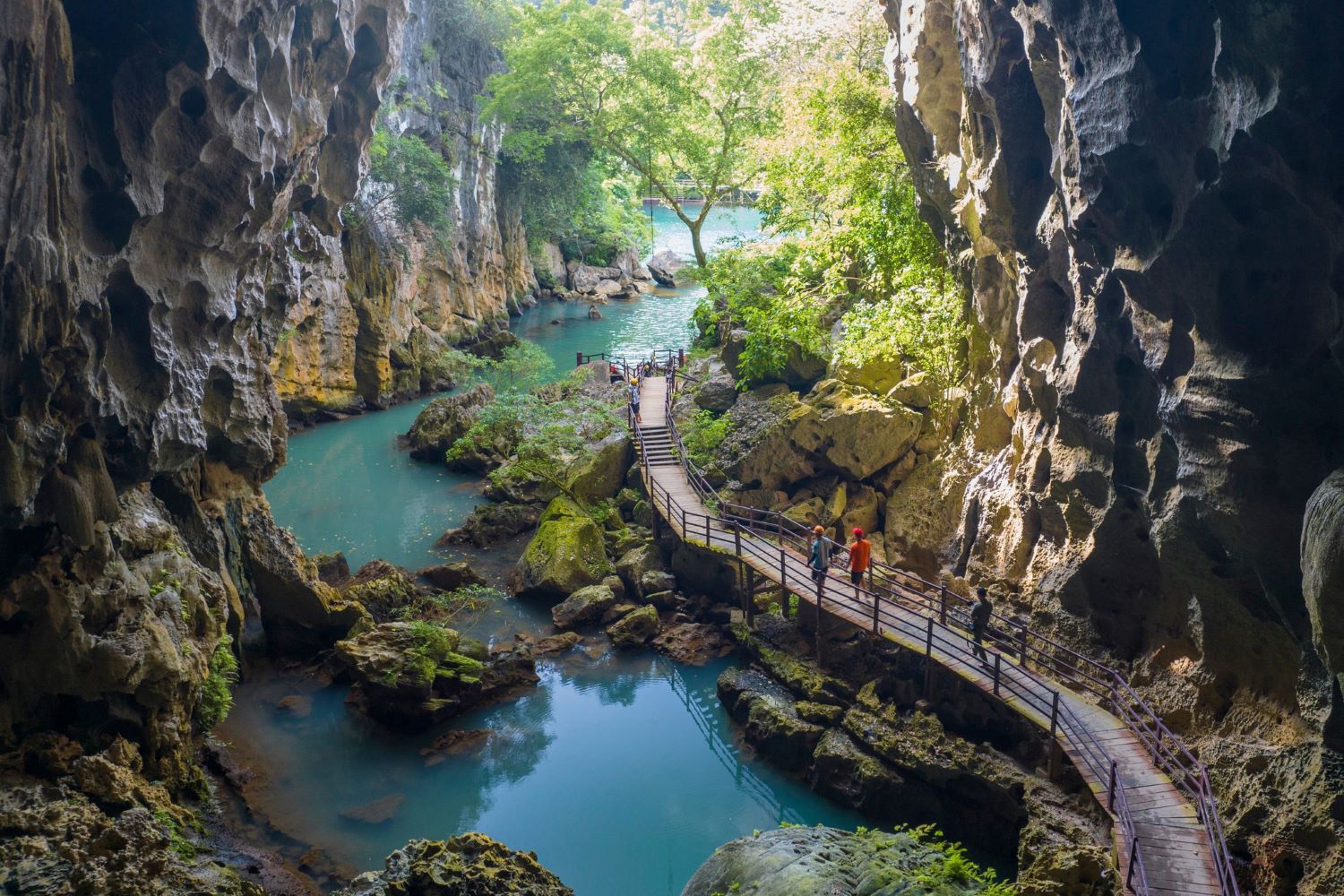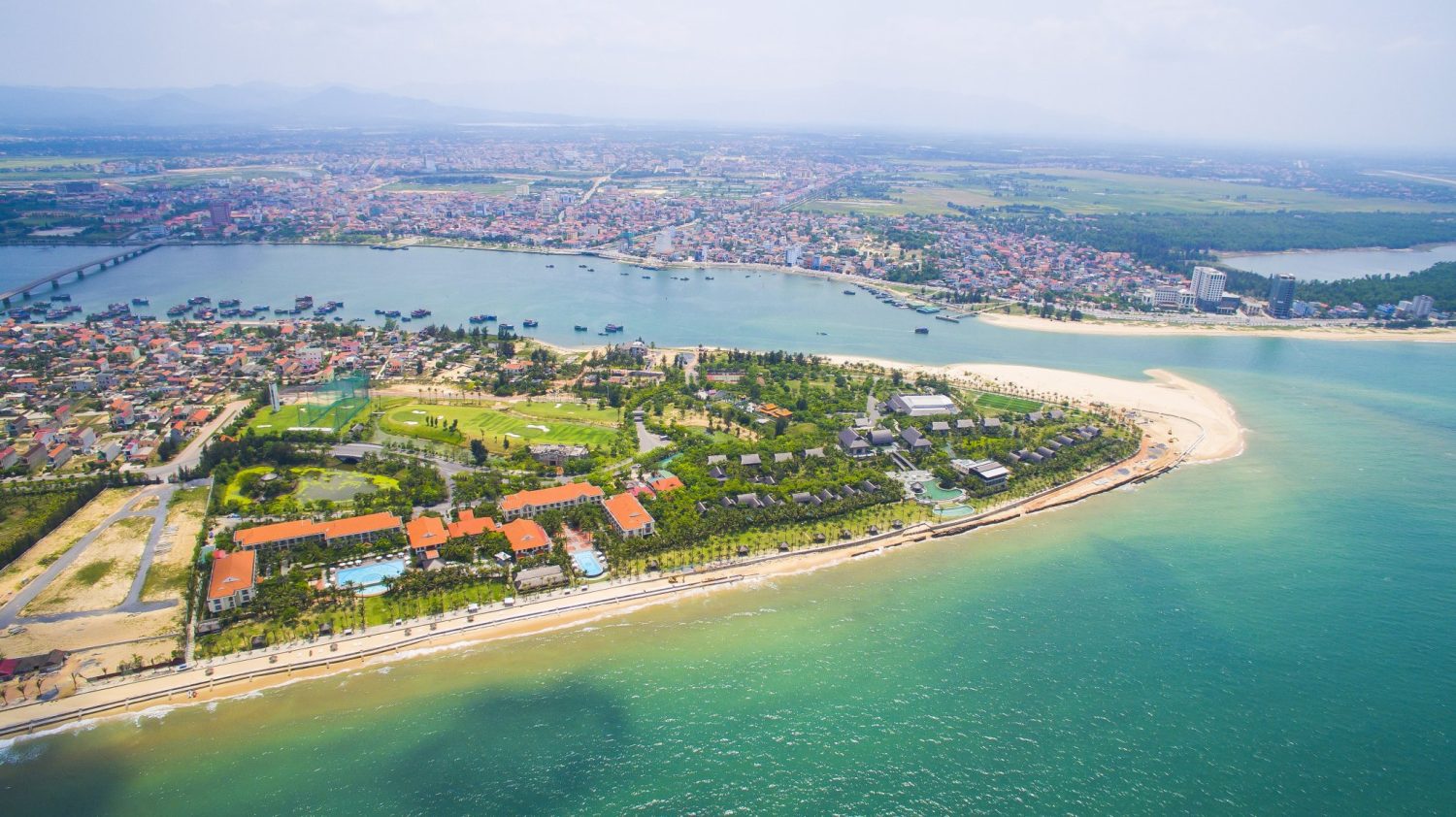Natural caves with shimmering stalactite formations and unique shapes are always a major attraction for visitors and cave explorers traveling to Quang Binh. Beyond their mesmerizing beauty, stalactites hold significant scientific and natural value. This article will provide a detailed introduction to cave formations, their development over millions of years, and why their preservation is crucial.
What are stalactites and stalagmites?
Stalactites and stalagmites are mineral deposits formed in caves through the precipitation of dissolved minerals from dripping water. There are two main types:
- Stalactite: A formation hanging from the cave ceiling.
- Stalagmite: A formation growing upward from the cave floor.
Most stalactites and stalagmites are composed of calcium carbonate (CaCO3), formed when rainwater seeps through small cracks in limestone layers before dripping from the cave ceiling. They may contain other mineral compounds such as magnesium, iron, manganese, and others from rainwater or the external environment, giving them distinctive colors and structures depending on the terrain, geological composition, and external weather conditions.
Common types of cave formations
Beyond stalactites and stalagmites, cave formations are categorized based on their shapes and formation processes. Here are some of the most common types:
Column: Formed when a stalactite and a stalagmite merge, creating a continuous mineral column from ceiling to floor. These formations can reach impressive heights of tens of meters with massive diameters.
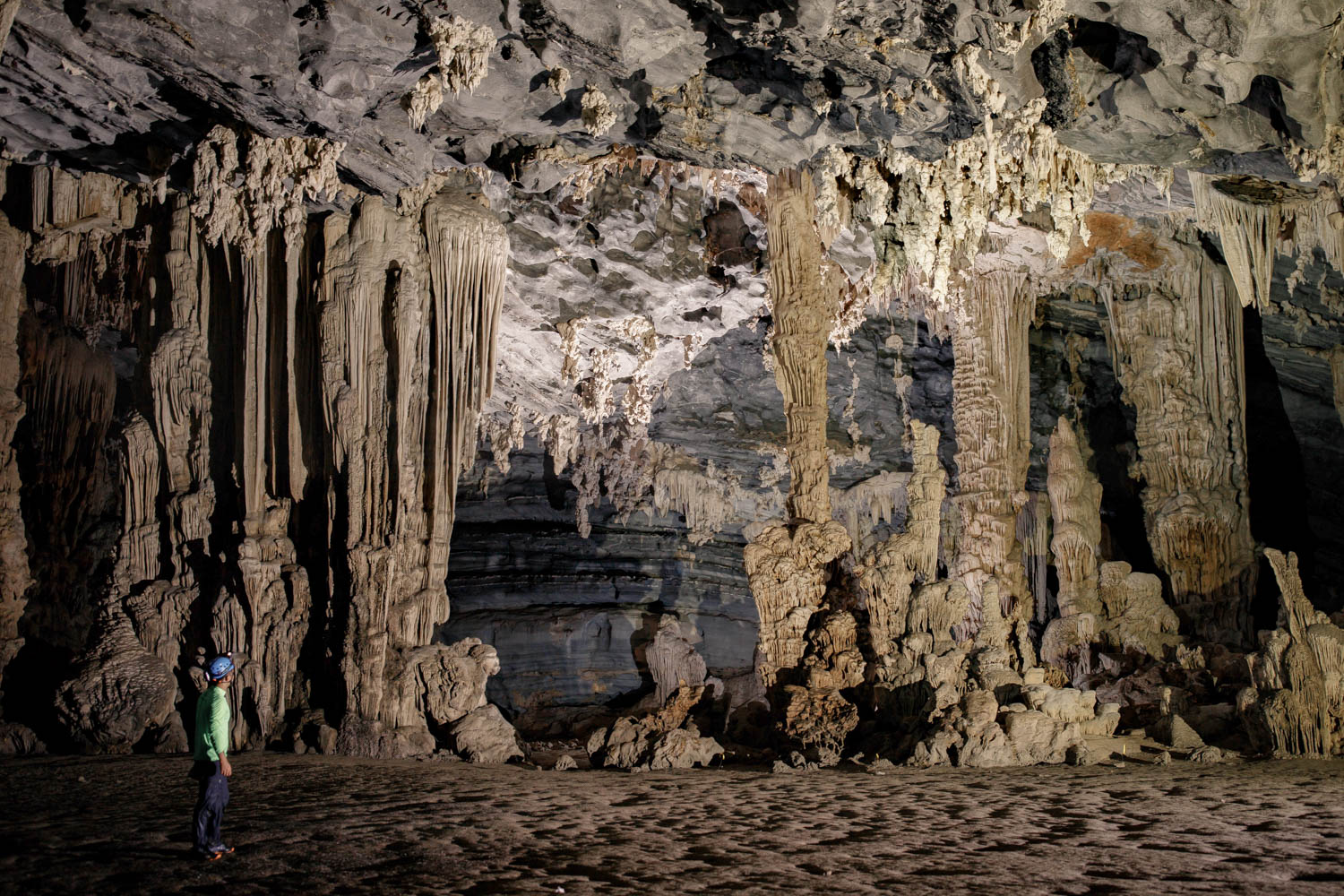
Drapery (curtain stalactites): Created when water flows down the slanted surface of a cave wall, forming delicate, thin stalactite sheets resembling curtains.

Helictite: A rare type of stalactite that appears to defy gravity, growing in various directions instead of vertically. The formation of helictites is complex and influenced by air currents, strong capillary forces, or surface tension in water.

Popcorn: Small, knobby stalactites resembling popcorn, formed when calcium carbonate-saturated water splashes onto cave surfaces.
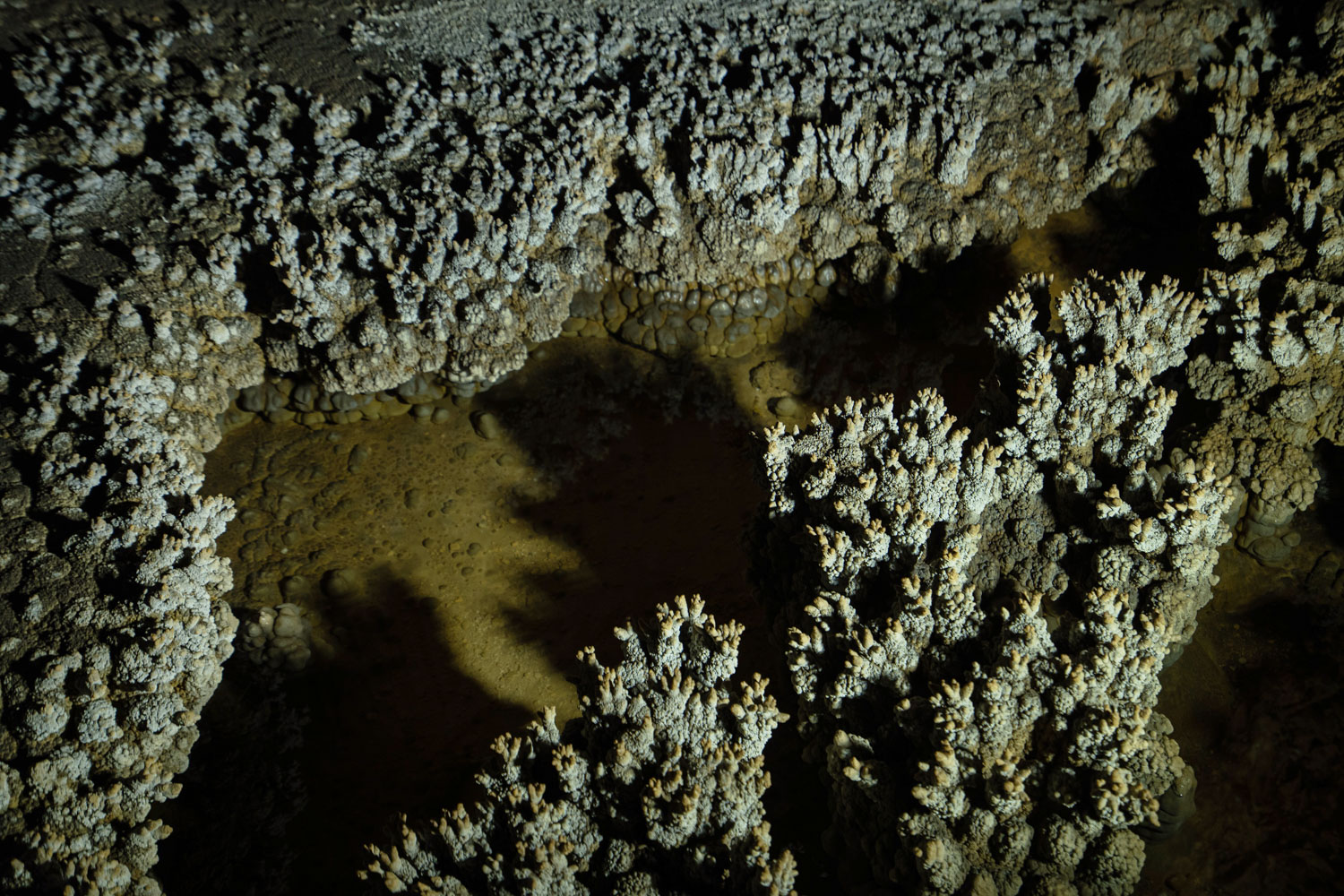
Cave Pearls: These are smooth, rounded mineral deposits resembling natural pearls. They form in caves where calcium carbonate-rich water drips into pools or still water-filled pockets. As the water drips, calcium carbonate precipitates around a central nucleus (usually sand or a small fragment). Gentle water movement over time results in a spherical shape with a glossy surface. Cave pearls range in size from a few millimeters to several centimeters.
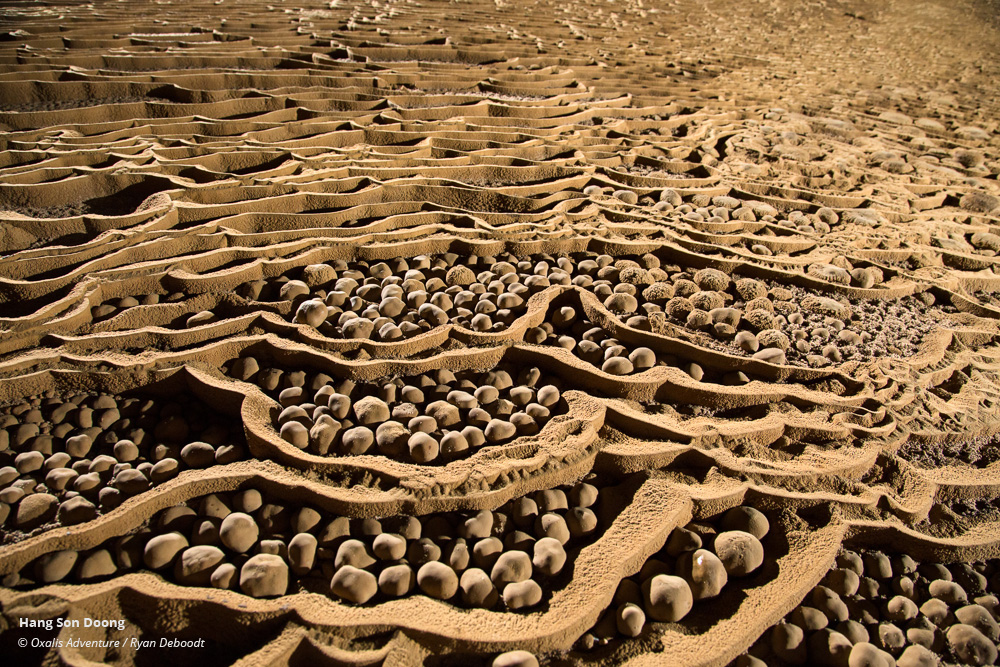
Dripstone (Flowstone): This type of stalactite forms into thin mineral layers running along cave surfaces, often on walls or floors. Flowstones develop when mineral-rich water flows slowly over rock surfaces. As water evaporates or CO₂ escapes, calcium carbonate (or other minerals) precipitates and forms thin layers. Over time, these layers accumulate, creating smooth, flowing rock formations resembling frozen waterfalls. Flowstones can form on ceilings, walls, and floors, growing very slowly but reaching impressive sizes after thousands of years.

Soda Straw is a special type of stalactite that resembles long, hollow drinking straws. It is one of the earliest forms of stalactites to develop during the speleothem formation process. Soda Straws form when mineral-rich water drips from the cave ceiling and accumulates at the edge of a droplet. As the water evaporates, a thin layer of calcium carbonate (CaCO₃) precipitates around the droplet’s edge, creating a tiny mineral ring. The next droplet of water continues to drip through the center of this ring, repeating the process. Over time, these mineral rings build up to form a long, hollow tube, slender and fragile, resembling a drinking straw. Depending on cave conditions, Soda Straws can range from a few centimeters to over a meter in length.

They are extremely delicate and can break with just a slight touch, permanently disrupting their formation. If a Soda Straw becomes sealed at the tip due to calcium carbonate deposition or if water no longer drips through its hollow core, it may begin to thicken and develop into a larger stalactite. This means that many of the large hanging stalactites found in caves originally started as tiny Soda Straws.
Rimstone is a type of limestone formation created in caves through the deposition of calcium carbonate from flowing water. Rimstone typically appears as natural rock ridges or terraces, resembling small steps or layered dams along sloping cave floors or walls. It forms when calcium-rich water moves over limestone surfaces inside the cave. As the water slows down or pools, the dissolved calcium carbonate precipitates and accumulates along the flow’s edge, gradually building up small rock barriers. This process repeats continuously, allowing Rimstone to develop into intricate terraced formations over time.
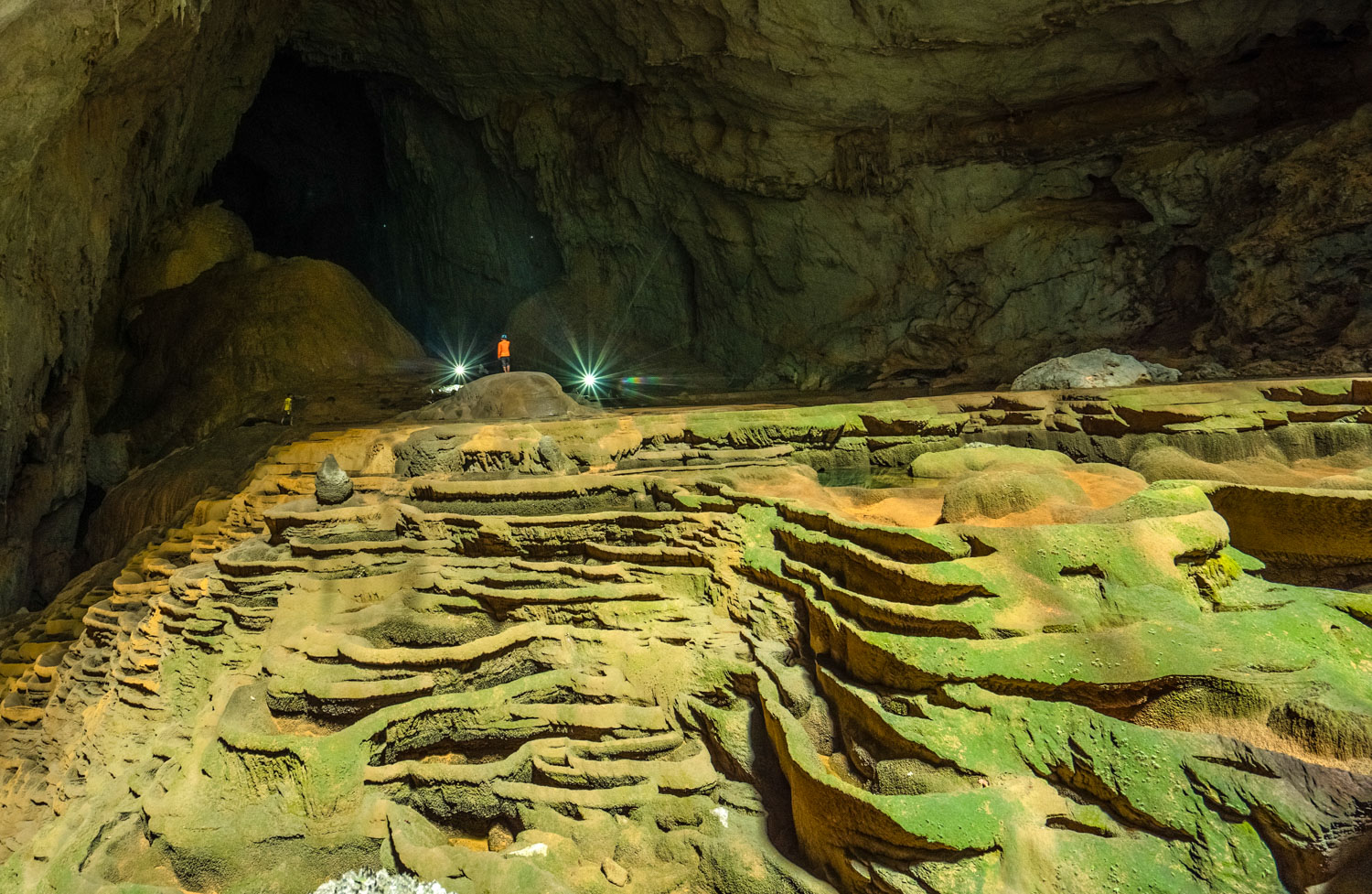
The development of cave formations
Stage 1: Water seepage through limestone
As rainwater penetrates calcium-rich limestone layers, it absorbs carbon dioxide (CO₂) from the air and soil, forming a weak acidic solution. This solution dissolves small amounts of limestone as it seeps through underground cracks.
Stage 2: Formation
When the mineral-rich solution drips into open cave spaces, CO₂ escapes, and calcium carbonate precipitates. This process forms thin mineral layers that gradually accumulate into stalactites.
Stage 3: Growth
Stalactites grow very slowly, at a rate of only a few millimeters per year. Over thousands of years, continuous water droplets contribute to the development of large, striking stalactite formations. The growth rate depends on water flow, temperature, and CO₂ concentration within the cave.
Factors influencing the color of the formations
The color of formations is determined not only by calcium carbonate but also by dissolved minerals and impurities in the water. Key factors include:
- Iron (Fe): Produces red, orange, or brown hues
- Manganese (Mn): Produces in black or purple shades
- Copper (Cu): Produces blue or green tones
- Magnesium (Mg): Produces white or gray streaks
Additionally, many cave formations create a sparkling effect when illuminated by light. This effect is common when there is a high amount of silicon (Si) minerals. The combination of different minerals gives each formation its colors and patterns.

Factors influencing the growth of the formations
Stalactites form over long periods, influenced by various environmental factors:
- Groundwater: Carries minerals from limestone or calcium-rich rock layers.
- Carbon dioxide (CO2): Determines the dissolution of calcium carbonate in water, aiding in stalactite formation.
- Temperature and humidity: Needs to be stable to ensure continuous mineral accumulation.
Cave formations are fragile structures that can be easily damaged by exposure to air, human contact, or external elements. A formation may take thousands of years to grow but can be destroyed instantly if not protected. Conservation efforts not only preserve the natural beauty but also safeguard valuable geological heritage.
Caves with the best stalactites in Phong Nha – Ke Bang
Son Doong Cave
The stalactites and stalagmites in Son Doong Cave are among the most magnificent and unique in the world, formed over millions of years through calcium accumulation from dripping water. The cave features massive formations, with some stalagmites towering over 70 meters—the largest ever recorded. The formations in the cave display natural colors ranging from grayish-white, brown, and green, reflecting the diversity of minerals. Light filtering through sinkholes illuminates the stalactites, creating a breathtaking scene.
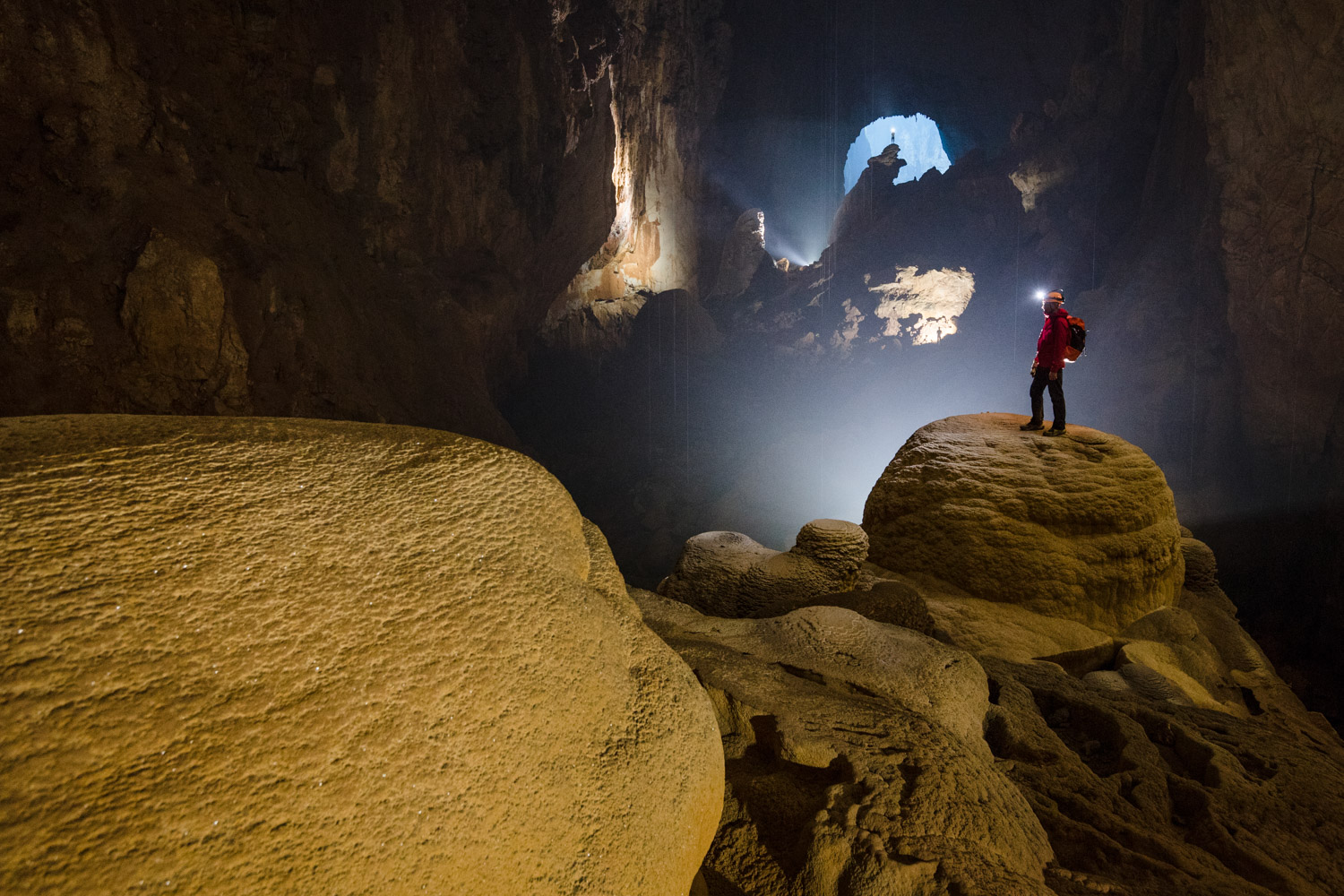
Phong Nha Cave
The stalactites in Phong Nha Cave are a natural masterpiece formed over millions of years, featuring mesmerizing and sparkling limestone formations. Phong Nha Cave is renowned for its diverse formations, from stalactites on the ceiling to stalagmites on the floor. Each formation showcases different colors, from ivory white, pale yellow to reddish-orange. Particularly, light reflecting off the stalactite layers enhances the cave’s mystical allure, attracting thousands of visitors each year.
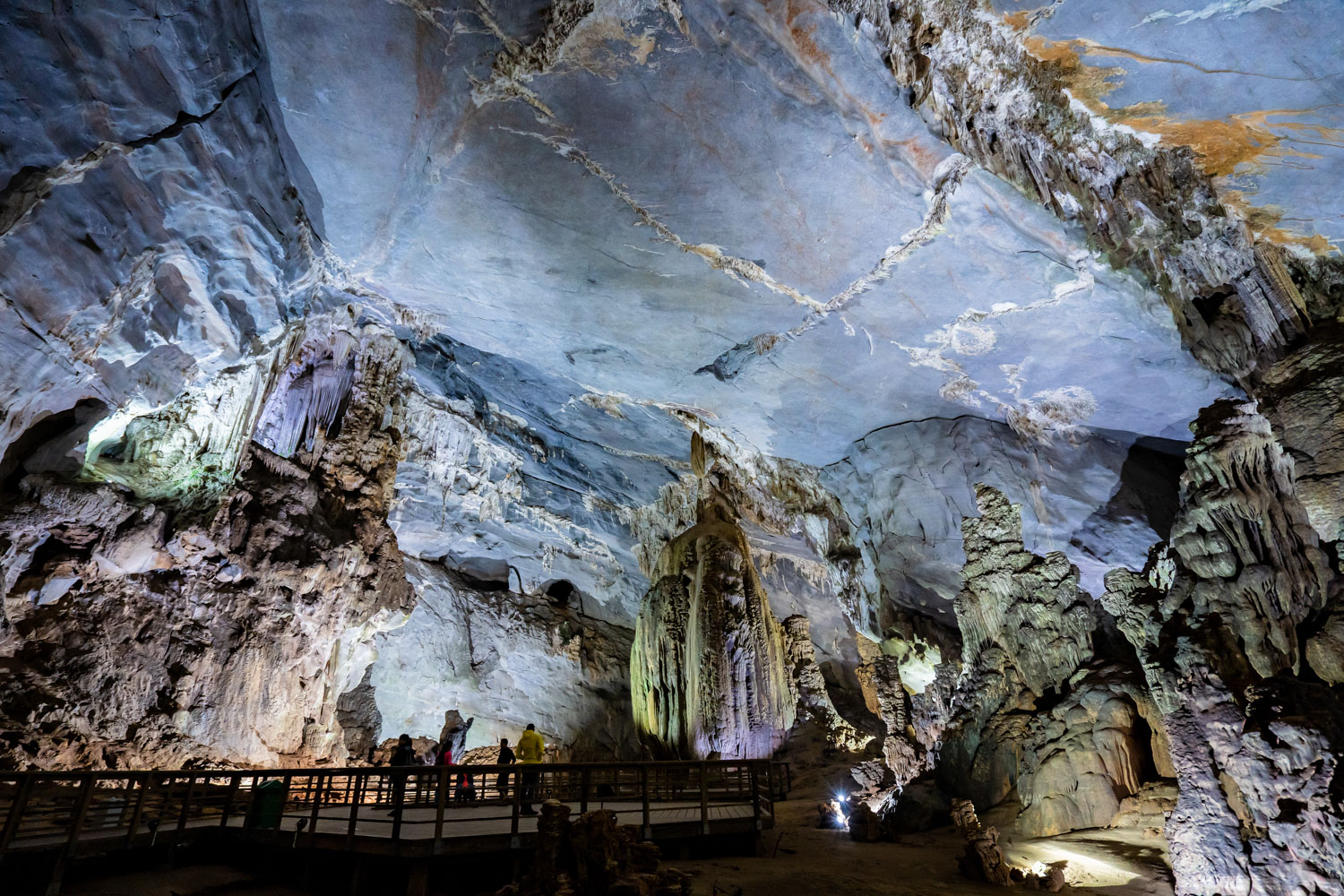
Hang Va Cave
The stalactites in Hang Va Cave and Nuoc Nut Cave stand out for their unique shapes and intricate structures. In Hang Va Cave, the cone-shaped stalagmites are remarkable, with large formations evenly distributed along the rock beds. Nuoc Nut Cave, on the other hand, exudes a mysterious charm with draperies and moss-covered columns, creating an otherworldly atmosphere. Both caves feature formations in ivory, gray, and golden hues, highlighting the pristine beauty of Quang Binh’s cave system.
Hang Tien Cave
The stalactites in Hang Tien showcase grandeur and uniqueness. The formations here grow in layered terraces, resembling enormous stepped rice fields covered in green moss and gleaming minerals. Many stalactite formations display white, pale yellow, or gray colors, shimmering when exposed to light, adding to the cave’s mystical ambiance. Hang Tien Cave is also distinguished by its towering stalagmites and columns, enhancing its breathtaking splendor.
Paradise Cave
The stalactites in Paradise Cave are likened to exquisite works of art, boasting diverse and striking shapes. This cave is characterized by its massive stalactites and stalagmites stretching from the floor to the ceiling, creating an ethereal palace-like setting. The formations exhibit hues of ivory white, pale yellow, and occasionally pink, glistening under the lighting. The cave also features delicate draperies that flow in soft, wave-like formations. This makes Paradise Cave a mesmerizing destination for visitors.

Stalactites, stalagmites, and other formations are not only stunning natural wonders but also hold great geological value. They provide invaluable insights into past climate and environmental changes, helping scientists study variations in rainfall and temperature over thousands of years. As the results of limestone weathering and dissolution, these formations enable analysis of geological layers and subterranean processes.
Additionally, cave formations serve as habitats for unique flora and fauna, contributing to biodiversity conservation and ecosystem stability. Importantly, stalactites are integral to karst geological systems, offering deep insights into landform evolution. Their scientific significance helps raise community awareness about nature conservation.
Lastly, with their enchanting beauty, cave formations attract tourists, boosting local economies through sustainable tourism.




